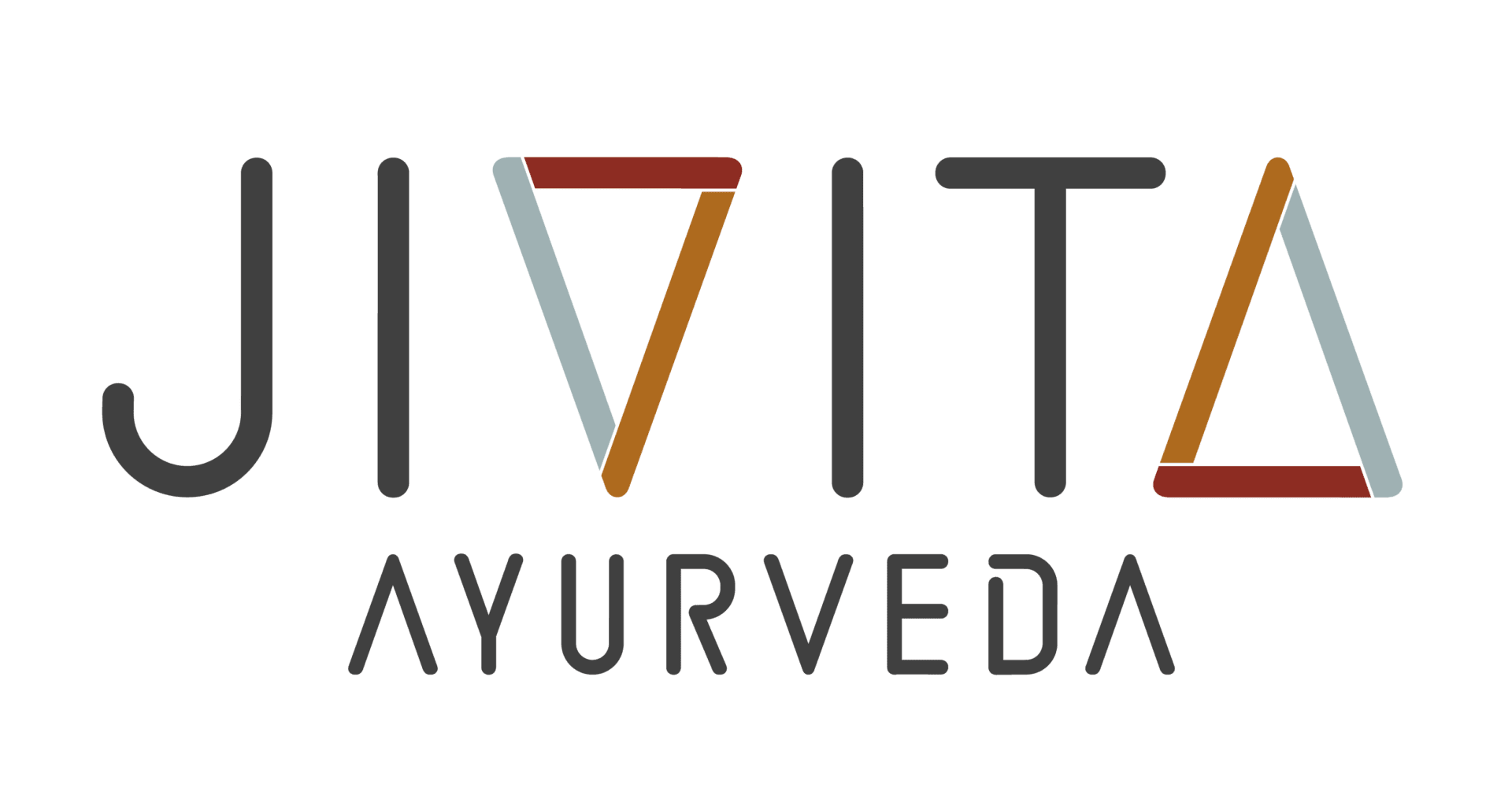As I begin the second year of my pain management master’s program at UCL, I find myself reflecting on what I have truly learned so far. Much of my focus has been on understanding how pain is signalled within the bodymind, identifying pain types and recognising the risks of these experiences evolving into chronic pain. Across much of the literature, a pattern emerges: a consistent acknowledgement of the psychosocial dimension of pain and a simultaneous recognition that modern biomedicine struggles to address it effectively.
While psychological interventions such as CBT can be beneficial, outcomes remain inconsistent. This variability stems largely from the fact that patients are often left to manage their pain alone. Chronic pain requires ongoing self-management, deep behavioural change and a shift in attitude toward pain itself.
Acceptance that pain may be a lifelong companion is not easily achieved, particularly when it has an iatrogenic origin, caused or worsened by medical intervention assumed to provide relief. Surgery remains one of the strongest risk factors for pain chronification and long-term pharmaceutical use can also contribute to persistent pain syndromes.
Perhaps the most difficult concept to internalise is that pain, though felt physically, is entirely generated and interpreted by the brain. The experience is real, yet its intensity and quality are profoundly influenced by beliefs, emotions and mindset. Pain is not simply a bodily signal; it is a perceptual and cognitive event, shaped by the totality of our biopsychosocial state.
Persistent pain remains difficult to manage. Medications carry side effects, dosages are hard to individualise and breakthrough pain, the sudden flares that punctuate chronic conditions, is common. Pain in children presents further challenges: they depend entirely on caregivers, lack the language to describe sensations and are highly vulnerable to emotional distress.
A central problem in pain research is measurement. RCTs, the cornerstone of medical science, cannot capture a subjective, fluctuating experience like pain. It changes from moment to moment, shaped by attention, emotion and context. This makes traditional trials an imperfect tool for understanding a phenomenon that is inherently dynamic.
A new focus is needed. One that views the system as a whole rather than isolating pain pathways. The central nervous system (CNS) and the autonomic nervous system (ANS) play decisive roles in chronic pain. The sympathetic branch heightens pain during stress or perceived threat, while the parasympathetic branch supports recovery and dampens pain signals.
These two modes are essential for balance, yet they depend on one crucial condition: the perception of safety. When threat dominates, the ANS amplifies pain and suppresses healing. When safety is restored, the body relaxes, repairs and recalibrates.
The future of pain management must therefore be system-based, focusing on restoring self-regulation rather than merely silencing symptoms. Safety and comfort are not luxuries. They are therapeutic imperatives. The question for clinicians becomes: How can we create safety for this individual, in this context?
One of the most powerful ways to restore safety is through human connection and touch. Chronic pain sufferers are often isolated and misunderstood, which reinforces the nervous system’s perception of danger. Conditions such as headaches, irritable bowel syndrome, interstitial cystitis and functional pelvic pain often lack visible pathology yet are profoundly shaped by autonomic dysregulation. In these cases, empathy, compassion and safe, body-based therapies can be as or even more meaningful than medication.
Traditional biomedicine often targets systemic central sensitisation pharmacologically, using antidepressants, anticonvulsants or opioids. These rarely restore health. They manage symptoms without rebuilding self-regulation and frequently introduce fatigue or emotional blunting.
An integrative perspective offers a broader view. Systems such as Ayurveda provide a model for autonomic regulation that uses multiple sensory and behavioural pathways: diet, rhythm, touch, breath, movement and environment to re-establish physiological safety and coherence. At its essence, Ayurveda functions as a framework for nervous system re-education, guiding the organism to oscillate smoothly between activation and rest.
In chronic pain, predictability becomes medicine. Regularity in mealtimes, sleep, movement and sensory input communicates stability to the nervous system. When the system senses safety, parasympathetic dominance increases, inflammation subsides and pain softens. Comfort becomes not an occasional state, but the body’s new baseline.
This approach reframes healing as a process of retraining rather than repair. Return to coherence rather than control allows the nervous system no longer to signal alarm through pain.
A pain management model that values care, connection and context has the potential to transform the current crisis. Integrating scientific understanding with holistic practices of regulation and safety allows for truly person-centred healing. When participation replaces passivity and empathy replaces alienation, pain loses its power as a messenger of threat.
Chronic pain will likely remain one of medicine’s greatest challenges, but by shifting our attention from suppression to regulation, safety and coherence, we rediscover the body’s innate capacity to heal itself.
Student no: 24250504
Talk to Anu about upcoming retreats or educational programs
